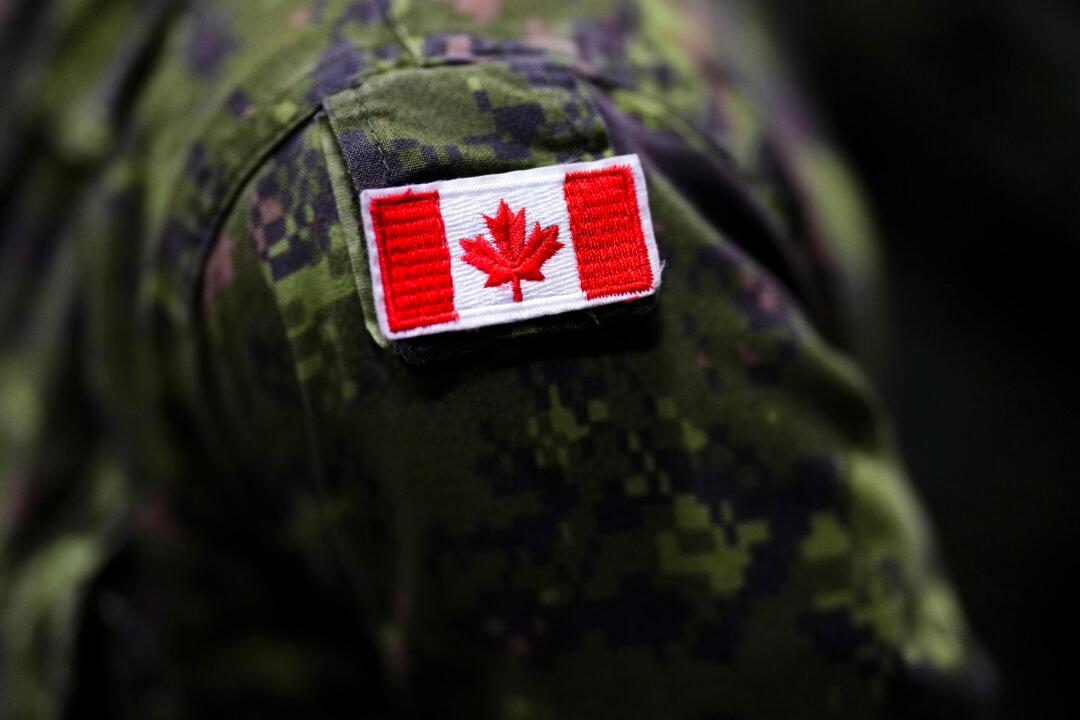Commissioner Paul Rouleau says the federal government was justified in invoking the Emergencies Act to clear convoy protests in February 2022.
“After careful reflection, I have concluded that the very high threshold required for the invocation of the act was met,” Rouleau said on Feb. 17 at a press conference after releasing the final report of the Public Order Emergency Commission.





